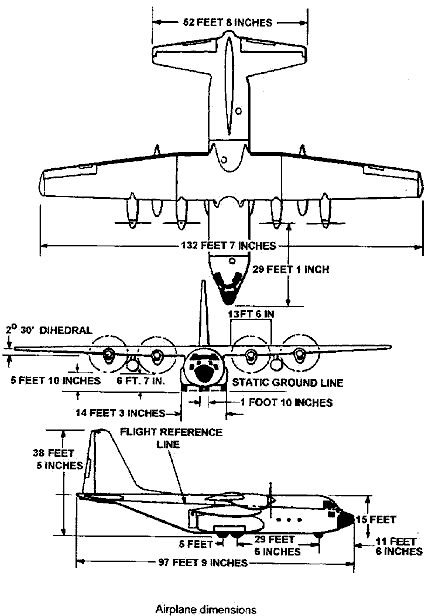 | Wing Span: Length: Height: Horizontal Stabilizer: | 132 feet 7 inches 97 feet 9 inches 38 feet 5 inches 52 feet 8 inches |
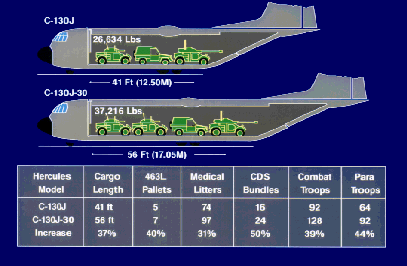
 | Wing Span: Length: Height: Horizontal Stabilizer: | 132 feet 7 inches 97 feet 9 inches 38 feet 5 inches 52 feet 8 inches |
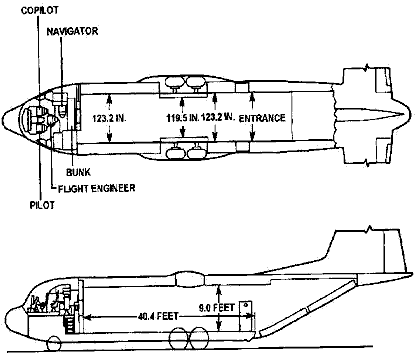

| Specifications | |
| Primary Function | Intratheater airlift. |
| Contractor | Lockheed Aeronautical Systems Company. |
| Power Plant | Four Allison T56-A-15 turboprops; 4,300 horsepower, each engine. |
| Length | 97 feet, 9 inches (29.3 meters). |
| Height | 38 feet, 3 inches (11.4 meters). |
| Wingspan | 132 feet, 7 inches (39.7 meters). |
| Speed | 374 mph (Mach 0.57) at 20,000 feet (6,060 meters). |
| Ceiling | 33,000 feet (10,000 meters) with 100,000 pounds (45,000 kilograms) payload. |
| Maximum Takeoff Weight | 155,000 pounds (69,750 kilograms). |
| Operating Weight: | 83,000 Pounds |
| Maximum Useable Fuel: | 60,000 Pounds |
| Maximum Allowable Cabin Load: | 36,000 Pounds |
| Normal Passenger Seats Available: | Up to 92 troops or 64 paratroops or 74 litter patients. |
| Maximum Number of Pallets: | 5 |
| Range | 2,356 miles (2,049 nautical miles) with maximum payload; 2,500 miles (2,174 nautical miles) with 25,000 pounds (11,250 kilograms) cargo; 5,200 miles (4,522 nautical miles) with no cargo. |
| Unit Cost | $22.9 million (1992 dollars). |
| Crew | Five (two pilots, a navigator, flight engineer and loadmaster); up to 92 troops or 64 paratroops or 74 litter patients or five standard freight pallets. |
| Minimum Crew Complement | Four (two pilots, one flight engineer, and one loadmaster) Allows for a 16 hour crew duty day (12 hour for airdrop crews) (from show at the aircraft to parking at the final destination). |
| Crew Complement [airdrop missions] | Six crews will normally carry one navigator as well and an extra loadmaster in addition to the minimum crew complement. |
| Augmented Crew Complement | Nine (three pilots, two navigators, two flight engineers, and two loadmasters) Allows for a 18 hour crew duty day (from show at the aircraft to parking at the final destination) |
| Date Deployed | April 1955. |
| Inventory | Active force, 98; ANG, 20 Bs, 60 E's and 93 H's; Reserve, 606. |
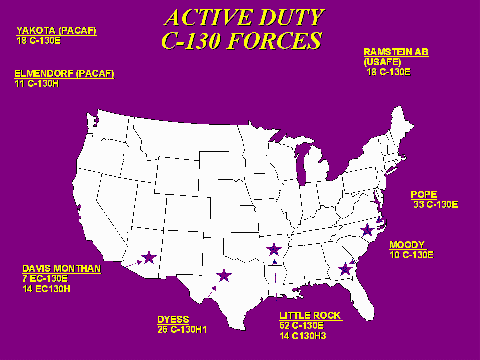
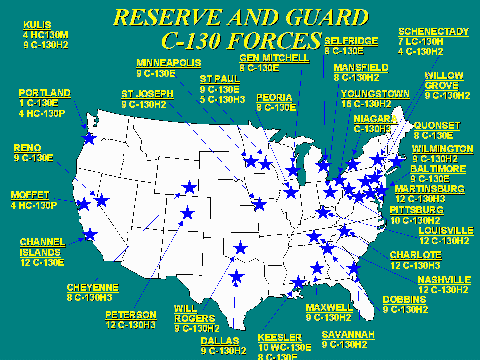
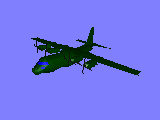
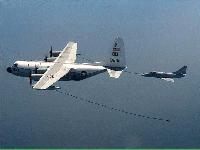
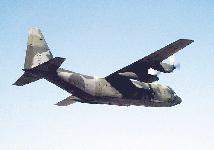
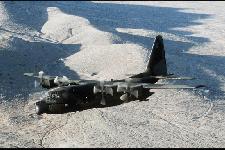
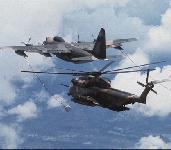
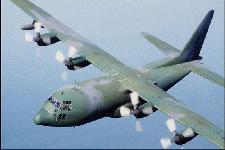
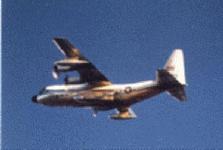
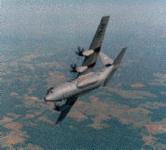
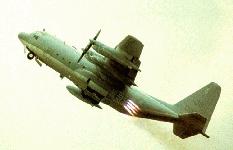

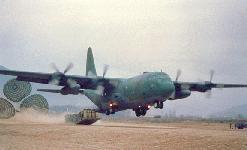
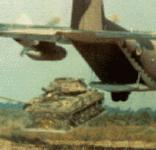
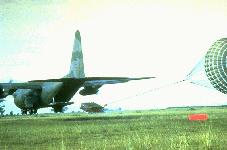

| 歡迎光臨 鐵之狂傲 (https://gamez.com.tw/) |